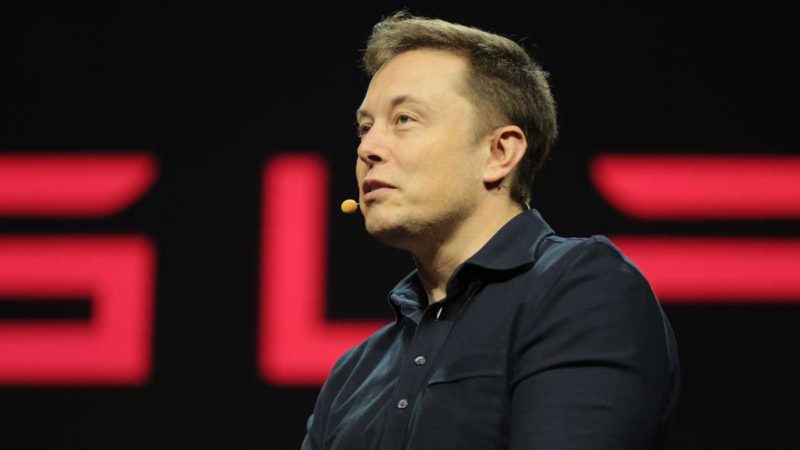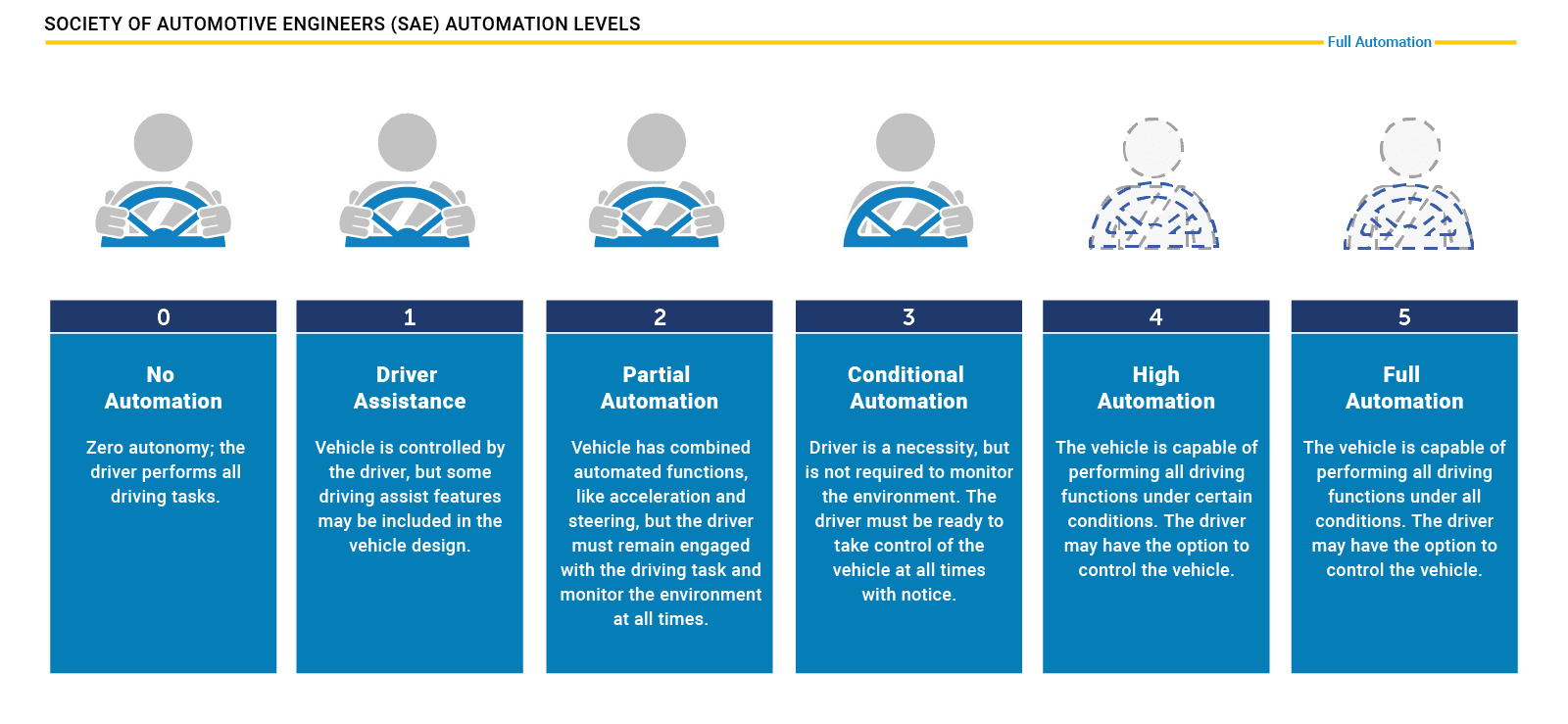Tesla will not yet raise the price of its Full Self Driving (FSD) package outside the US, and will push a US price rise back until Thursday (US time), chief executive Elon Musk has confirmed.
The confirmation comes after Musk said the price would rise because the now full-featured software has been released to a small number of beta testers.
The price of the Full Self Driving package, which is an autonomous driving add-on Tesla offers with its cars and up until now has only been partially autonomous, will cost $US10,000 from Thursday in the US.
Outside the US, including Australia, a price rise will not be implemented until a week after the fully autonomous software upgrade is released in beta in any particular country, said Musk.
Musk also added that a subscription for the FSD feature – first touted in April – will be available from some time in 2021, although he did not reveal how much that will cost.
Price change is pushed to Thursday next week. Applies only to US for now. One week clock will start in other countries as beta is released. FSD monthly rental will also be available sometime next year.
— Elon Musk (@elonmusk) October 22, 2020
The roll out is now attracting close attention from regulators. According to The Verge, a spokesperson for the US-based National Highway Traffic Safety Administration (NHTSA) said it will “monitor the new technology closely and will not hesitate to take action to protect the public against unreasonable risks to safety.”
In a note by email to The Verge, NHTSA stated that, “no vehicle available for purchase today is capable of driving itself. The most advanced vehicle technologies available for purchase today provide driver assistance and require a fully attentive human driver at all times performing the driving task and monitoring the surrounding environment.
“Abusing these technologies is, at a minimum, distracted driving. Every State in the Nation holds the driver responsible for the safe operation of the vehicle.”
Tesla has attracted criticism for the length of time it has taken to release a fully autonomous version of its software, with detractors saying it has been charging people for a product it does not have.
It has reported deferred income from each feature release towards the eventual goal of autonomous driving, that Musk hopes will eventually underpin a fleet of “robo-taxis”, to the tune of $US48 million alone in the second quarter of 2020 according to Reuters.
But Tesla is also attracting criticism from autonomous driving stakeholders for allowing untrained customers to act as beta testers.
One might draw a connection between beta testing of software and game updates, which are often rolled out to loyal users for feedback, and Tesla’s FSD beta testing. The EV maker has often been compared to tech stocks such as Apple and Google as opposed to car makers.
But opposing stakeholder opinions are strong. Head of Partners for Automated Vehicle Education E.W. Niedermeyer implied on Monday (Australian time) that he thinks that Tesla’s decision to allow customers to use FSD in beta mode is “dangerous” and a “total collapse of responsibility”.
What do you call it when a company does something that every other company in remotely adjacent spaces says is dangerous, the evidence of the danger accumulates and then finally the inevitable happens and someone dies?
What's the word for such a total collapse of responsibility?
— E.W. Niedermeyer (@Tweetermeyer) October 25, 2020
Niedermeyer referenced the case of an Uber test driver who was involved in an autonomous driving test incident in 2018 that resulted in the death of a pedestrian, and who is now being charged with negligent homicide.
Tesla’s current FSD beta release, would be classed as either Level 2 or 3 as per the Society of Advanced Engineering taxonomy, both of which require a driver, with Level 3 not requiring the driver to monitor to the environment.
As noted by The Driven on Friday, Tesla’s release notes for the “full-featured” FSD software advise “additional caution”, saying that testers must pay extra attention “especially around blind corners, crossing intersections, and in narrow driving situations”.
Musk himself has perhaps muddied the case for Tesla’s FSD package by characterising it as Level 5 technology, which describes a vehicle that can perform all driving functions but still give the driver the option to take control.
In a video message played at the opening of Shanghai’s annual World Artificial Intelligence Conference (WAIC) in July, Musk said, “I’m extremely confident that level 5 or essentially complete autonomy will happen and I think will happen very quickly,” according to Reuters.
“I remain confident that we will have the basic functionality for level 5 autonomy complete this year.”
Musk has used the term “basic functionality” before. At Tesla’s Q3 2019 earnings call in October 2019, he said Tesla is, “at the point which we’re able to upload the software enabling a Tesla to become a robo-taxi, expect to have that from a functionality standpoint by the end of next year.
“In terms of the functionality — basic functionality aspirationally end of this year but reliable enough that you do not need to pay attention in our opinion by the end of next year.”
He underlined that acceptance from regulatory authorities for a full roll out of Level 5 autonomous driving would vary by jurisdiction.
“But that transition, that sort of flipping the switch from a car that is from not robo-taxi to robo-taxi, I think, will probably be the biggest step change increase in asset value in history by far.”
Waymo, which is owned by Google parent company Alphabet, opened up its first driverless rides earlier in October.
Musk has said while he commends Waymo’s approach (that uses LiDAR and map-building), he thinks it is a “highly specialized solution“.
Tesla’s FSD however, is a “general solution”, says Musk. At Tesla’s Q3 2020 earnings call on Thursday (Australian time), he clarified that with it’s “4D” neural net approach, and by enabling real-world driving feedback via beta testers, Tesla is able to “train the system on this corner case situation and look for examples so we can then try it against those examples and improve some very esoteric corner cases.
“And it’s also important to emphasize that this is a generalized neural net-based approach. There is no need for high-definition maps or a cellphone connection,” said Musk.

Bridie Schmidt is associate editor for The Driven, sister site of Renew Economy. She has been writing about electric vehicles since 2018, and has a keen interest in the role that zero-emissions transport has to play in sustainability. She has participated in podcasts such as Download This Show with Marc Fennell and Shirtloads of Science with Karl Kruszelnicki and is co-organiser of the Northern Rivers Electric Vehicle Forum. Bridie also owns a Tesla Model Y and has it available for hire on evee.com.au.


